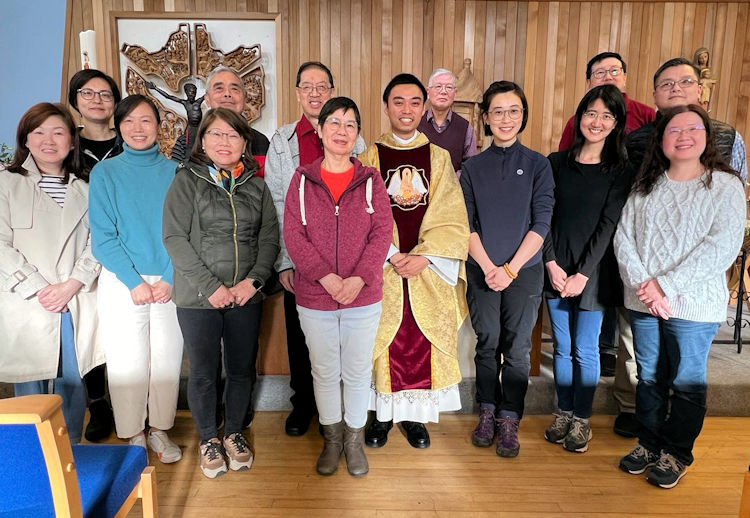Suffolk monasticism book marks abbey millennium

Coastal youth faith clubs celebrate first anniversary
March 10, 2020
Fr William was a greatly-loved and respected priest
March 11, 2020To mark the millennium of the Abbey of Bury St Edmunds in 2020, Catholic historian Dr Francis Young has written a new book that looks at all monastic communities that have ever existed in Suffolk.
While St Edmunds Abbey was always Suffolk’s largest monastery, it was far from the only one; throughout the Middle Ages, Suffolk was home to nearly 60 large and small monasteries for both men and women.
Francis said: “Suffolk’s first monastery was founded by St Felix as early as 627 at Dunwich or Felixstowe, but the founding of monasteries really took off after the Norman Conquest. All monastic communities came to an end at Henry VIII’s dissolution of the monasteries, and many of these institutions have been forgotten; we do not even know the exact locations of some of them, while others are now Anglican parish churches.
“The book also explains how monasticism returned to Suffolk after the Reformation; first with individual Benedictine missionary priests and local vocations to the religious life, and then with the establishment of new religious communities in Suffolk from the end of the 18th century onwards.”
The book has a foreword by Fr Robert Marsh, Prior Provincial of the Augustinian Friars in England and Scotland, who reflects on the re-foundation of Clare Priory, the medieval motherhouse of the Augustinian friars, in 1953.
Monasticism in Suffolk includes a comprehensive guide to all of Suffolk’s monastic communities – both ancient monasteries and living communities of people dedicated to religious life.
Francis Young launched his new book at St Edmund’s Catholic Church in Bungay (which is Suffolk’s oldest surviving Benedictine mission) on March 6.
Pictured above is Francis Young at the launch of his new book at St Edmund’s Catholic Church in Bungay.




